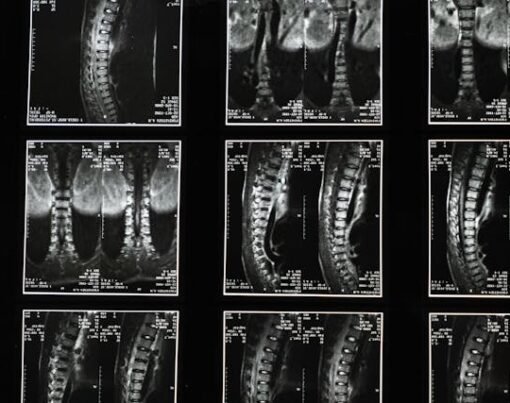Wrist tendonitis, an inflammation of the tendons around the wrist, is a common condition that can significantly impact your daily activities. Whether caused by repetitive motions, overuse, or injury, wrist tendonitis requires careful management to alleviate pain and prevent further damage.
By following these guidelines below, you can hopefully manage your symptoms more effectively and return to your regular activities as soon as possible.
Table of Contents
Immediate Relief Strategies
Keeping in mind that wrist tendonitis is often due to repetitive strain from activities like typing, playing sports, or manual labor, the first step in coping with this condition is to rest the wrist. Be mindful of what kinds of activities exacerbate the pain, and then do what you can to avoid them. You may need to take a break from work or a sport, or you may need to modify how you can accomplish a certain task. Using a wrist splint or brace can help immobilize the wrist, providing support and preventing further strain.
Additionally, applying ice packs to the inflamed area can reduce swelling and numb the pain. Ice therapy should be applied for 15-20 minutes every few hours during the initial days of discomfort. Over-the-counter medications, such as non-steroidal anti-inflammatory drugs (NSAIDs) like ibuprofen, can help manage pain and reduce inflammation. However, these should be used as directed and not relied upon for long-term relief.
Long-Term Management
Engaging in physical therapy can significantly aid in your recovery. A physical therapist can design exercises to strengthen the wrist muscles and improve flexibility, reducing the likelihood of recurrence. Note that stretching and strengthening exercises are essential components of rehabilitation, so keep at it and continue to focus on technique when you’re engaging in certain movements. Also, making ergonomic adjustments in your workplace and at home can prevent further strain. This includes using ergonomic keyboards, adjusting chair heights, and ensuring proper wrist alignment during activities.
When you’re starting to feel better, gradually resume activities rather than jumping back into your regular routine. Start with low-intensity tasks and slowly increase the intensity as your wrist heals. Pay attention to any signs of pain or discomfort and take breaks as needed. Further, incorporating anti-inflammatory foods into your diet can support the healing process. Foods rich in omega-3 fatty acids, such as fish and flaxseed, along with fruits and vegetables, can help reduce inflammation.
Preventive Measures
It would be most ideal if you could prevent issues with wrist tendonitis before they start to affect you. When you’re engaging in repetitive tasks, take regular breaks to reduce the risk of inflammation and prevent your tendons from being overworked.
Also, using the proper technique during physical activities, ranging from typing to lifting weights, may be able to reduce the stress placed on your tendons. To build resilience, consider engaging in wrist strengthening and stretching exercises on your own. Exercises like wrist curls, extensions, and grip strengthening can all be helpful.
Seeking Medical Advice
If symptoms persist despite self-care measures, it’s important to seek medical advice. A healthcare professional can provide a thorough evaluation and may suggest treatments such as corticosteroid injections, ultrasound therapy, or even a wrist tendonitis surgical procedure in some cases.
Consulting a doctor is crucial because they can rule out other potential issues that might mimic the symptoms of wrist tendonitis, such as carpal tunnel syndrome or arthritis. Your doctor might refer you to a specialist, such as an orthopedic surgeon or a rheumatologist, depending on the severity and nature of your symptoms. Diagnostic tools like X-rays, MRI scans, or ultrasound imaging can provide a clearer picture of the extent of the inflammation and any other underlying problems.
Conclusion: Enhancing Wrist Health
Coping with wrist tendonitis involves a combination of immediate relief measures and long-term management strategies. Rest, ice therapy, and proper medication can alleviate initial pain, while physical therapy, ergonomic adjustments, and preventative measures can ensure lasting recovery. By understanding and addressing the causes of wrist tendonitis, you can effectively manage your condition and maintain a pain-free, active lifestyle.










